My Books
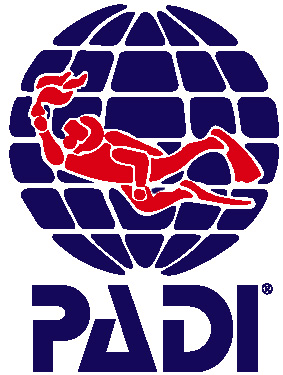
Looking around I felt that I was able to offer a book to fill a gap in the market. One of the main aims was to remain totally un-biased as far as promoting one diver-training agency over another.

Although always a member of the British Sub Aqua Club I wanted to show the many avenues available to new trainees. The book was my first venture as a writer and I feel proud at what I have achieved, the publisher (Crowood Press) were very supportive and together I believe we produced a fine product.
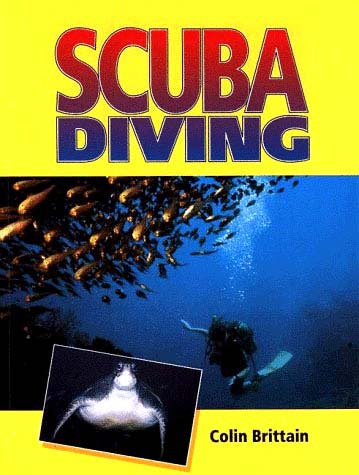
The book was released in 1999 and the beginner is guided through the sport. The attractions of the sport and the equipment required are covered along with the basics of learning to dive. Safety precautions and first aid complete the practical instruction. Illustrated throughout with a mixture of line drawings and photos this book is an essential companion to anyone learning to dive Types of dives we do and popular holiday destinations are covered to entice the reader into this exciting sport.
Scuba Diving Includes
- Clear practical guidance on choosing and using equipment
- Aqualung diving techniques
- An introduction to the underwater environment
- Dive planning and record keeping
- Information on training organisations and how to choose the one that best suits you
Scuba Diving is now out of print, the publisher feels no justification for a reprint it and the rights to the book therefore fall back to me, I still feel there is life in the contents of the book. The sport of sub aqua diving is like any sport and advances have indelibly been made since my book was released. That is not to say that the book would not perform adequately as a useful book for the beginner. I am considering one of two options, either simply including in its entirety as a number of web pages or alternatively as a download, a decision I hope to make soon.
With the success of my first book, I started putting my energy into writing and had some limited success with some diving magazine features. I did not really find this too productive and found the popular magazines sometimes complicated to work with. I have no plans to cut myself off from the diving community altogether, after all my diving experience must be still useful.
Lets Dive
Begin The Adventure
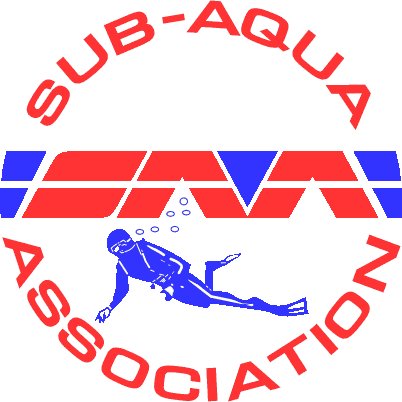
I was approached by a representative of the Sub Aqua Association (SAA), who informed me that they were looking for an author that could compile a diving reference manual for their organisation. Since its beginning the Sub Aqua Association (SAA) relied upon clubs to organise their own training schedules using literature of their own choice.
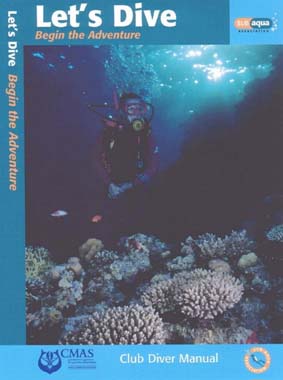
It was felt that the Association was now in a position to offer its members a manual of its own truly dedicated to the Association and I was fortunate enough to be awarded the commission by the Association to write a comprehensive diver training manual for them, and I started on writing the manual dedicated solely to the SAA.
In preparing the manual I had assistance from a number of sources, the manual is testament to their dedication. The manual is illustrated throughout with both line drawings and photographs supplied by people I am pleased to have as close colleagues. Written in an easy to understand format throughout with full colour photos, tables, and drawings this book combines the essential knowledge needed for taking those first steps toward safely acquiring your personal passport to becoming a diver, along with the practical skills provided by the diving instructor.
Lets Dive Includes
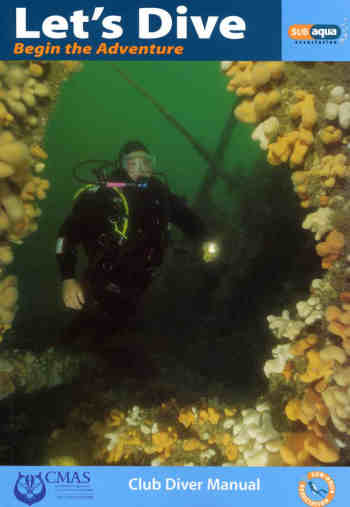
The manual contains:
- The attractions of scuba diving and how to get to get started.
- Introduction to the Sub Aqua Association
- A guide to selecting and using diving equipment and its maintenance
- The SAA Club Diver Program
- The adventure of diving
In 2004 the manual underwent a thorough a revision with new improved illustrations including a UK diving scene for the front cover. The manual is an invaluable tool to all, whether taking your first steps or being a seasoned diver, no divers bookshelf, whatever their affiliation should be without a copy.
Into The Maelstrom
The Wreck Of The SS Rohilla
During a quiet period in the production of the manual I pondered my next endeavour. The wreck of the hospital ship the SS Rohilla has always intrigued me, it was a wreck I used when introducing students to their first open water dive, being close to the harbour it was one often used for convenience.
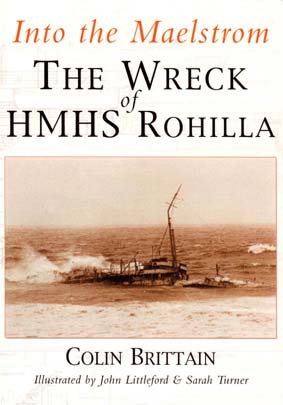
I had read many years earlier a book about the ship which centred on those lost who originated from ‘Barnoldswick’ a small cotton weaving town in Lancashire. I wondered what else there might be to the story and set about writing a book at least for myself, as research progressed I sound found that I would not be able to do justice to the story without writing a comprehensive manuscript. I began contact with many individuals some professionally and have now many new acquaintances, and close friends. They have helped provide additional information and material that has helped to produce a wonderful manuscript. The book is something I am very proud of! I have a new publisher for this project who seem as enthusiastic as I do.
Book Overview
Built in 1906, by the Harland and Wolff shipyard, Belfast (of Titanic fame) as a passenger and cruise liner, the Rohilla joined her sister ship ‘Rewa’ (featured briefly in the book) as a permanent troop ship. In August 1914 the Rohilla was requisitioned as a Naval hospital ship. Of those who survived the loss a Miss Roberts also survived the sinking of the Titanic. Amongst the crew were 15 men from a small cotton weaving community, the men were amongst those responsible for the care of Prince Albert brought onboard the Rohilla at Scapa Flow, the Prince was later crowned King George.

In a severe gale the ship ran aground just 600 yards of the shore, so close to safety yet so far in terms of the insurmountable circumstances. The story unfold's to explain many heroic attempts to save those onboard including carrying a lifeboat over land to launch in poor sea conditions. Many more interesting facts and features await the reader – a book not to be missed. To effectively illustrate the book I have used line drawings and original photographs of the vessel as well as photographs of artefacts from the ship and her wrecking, ,any photographs never having been published before!
Many more interesting facts and features await the reader, a book not to be missed.
Following the release of the book, I was invited to run an exhibition at our local archives centre. I put together quite a bit of the material I had gathered when writing the book made up of illustrative and text based content as well as artefacts from the ship itself, I had the full side of the exhibition room.
The exhibition proved far more popular than I had imagined and I was happy to extend it for an additional four weeks. I met with many interesting people who were related to the Rohilla in one way or the other, including a sweet lady whose was named Rohilla after a suggestion by her mother's midwife.
She presented me with a copy of her birth certificate which will feature on the Rohilla side to my website in the future. Rohilla like many I met throughout the exhibition remain firm friends today. The photographs below were captured during the exhibition, indicating a fraction of the material I had on display.
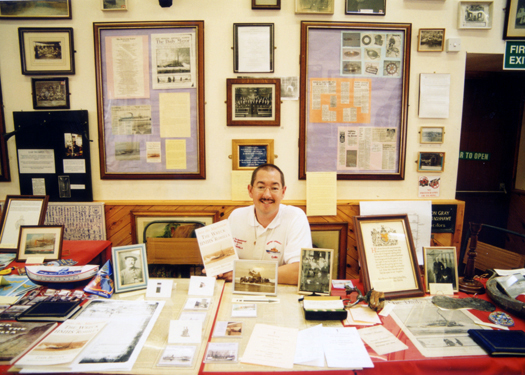 |
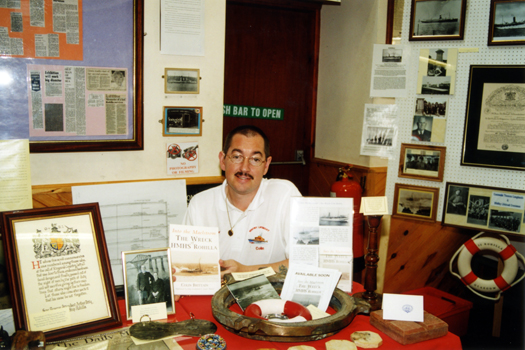 |
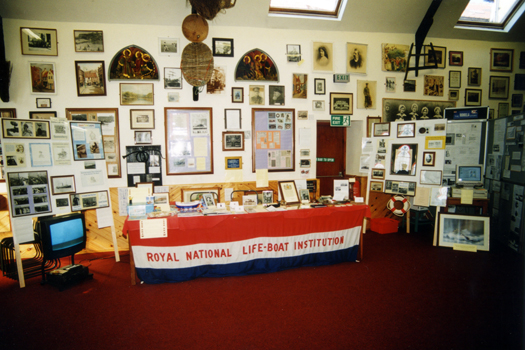 |
|
The story of the tragic loss of the Rohilla has become a passion for me and I am still as intrigued today as I was when I started writing the book. I am often surprised on finding new leads, new directions to follow and frequently have new acquaintances that contribute to my understanding and I welcome any additional help.
![]()
Since the release of the first edition I have continued to collect whatever information and photographs I could. In 2013 I began work on the second edition of my book, however revising the book was no easy task and to some degree I didn't fully appreciate just how much new material I had to work with.
.jpg)
My publisher was really supportive and helped me create what is undoubtedly the definitive account of Whitby's greatest maritime disaster. One of my aims when revising the book was bring together more of the personal stories to the tragedy and I could not have done so without the support of many family descendants. It isn't possible to do the second edition justice here, as it contains so much new information together with a host of new illustrations and photographs many of which have never published before. In many ways, it has been an almost complete rewrite with the revised edition consisting of 320 pages which is significantly bigger than the first edition which has 128 pages.
I am pleased to have been able to include some new areas of research and some new revelations such as more accurate mortality rate. I have longed question the figure of 84 / 85, which is the figure stated across many widely used web pages. Having shared information with John Wilson, a close family descendant of a Rohilla casualty we both agree that the figure of 89 is more accurate. It is not a conclusion that we came to overnight, in actual fact it was only after extensive research that the higher figure was accepted and I am indebted to John for his commitment to finding the true figure. I knew straight away that this new mortality rate would prove a contentious issue, the former lifeboat museum curator Peter Thomson stubbornly refuses to accept the updated figure, relying instead on what he has read 'on the internet,' but I cannot apologise for where our research led us, those who venture along the same path will simply come to the same conclusion.
The book was released in September 2014 to coincide with the Rohilla Centenary and that of the Great War itself. It can be ordered from many of the online retailers and good book shops. I have received quite a lot of positive feedback from those who have the new edition which is definitely proving quite popular. If you would like a personally signed, dedicated copy of the book please do not hesitate to contact me using the link below.
© Colin Brittain 1999 - 2022
